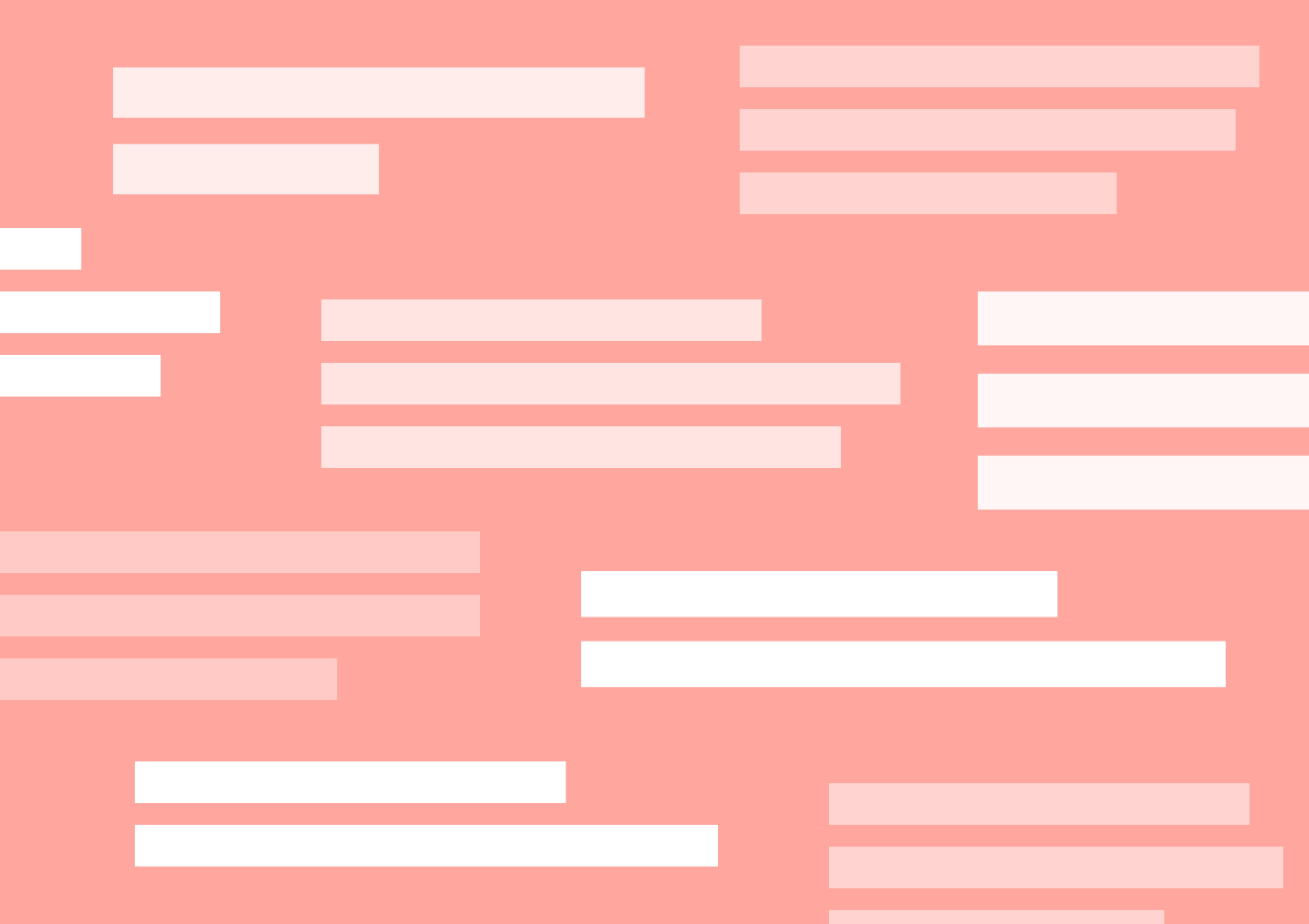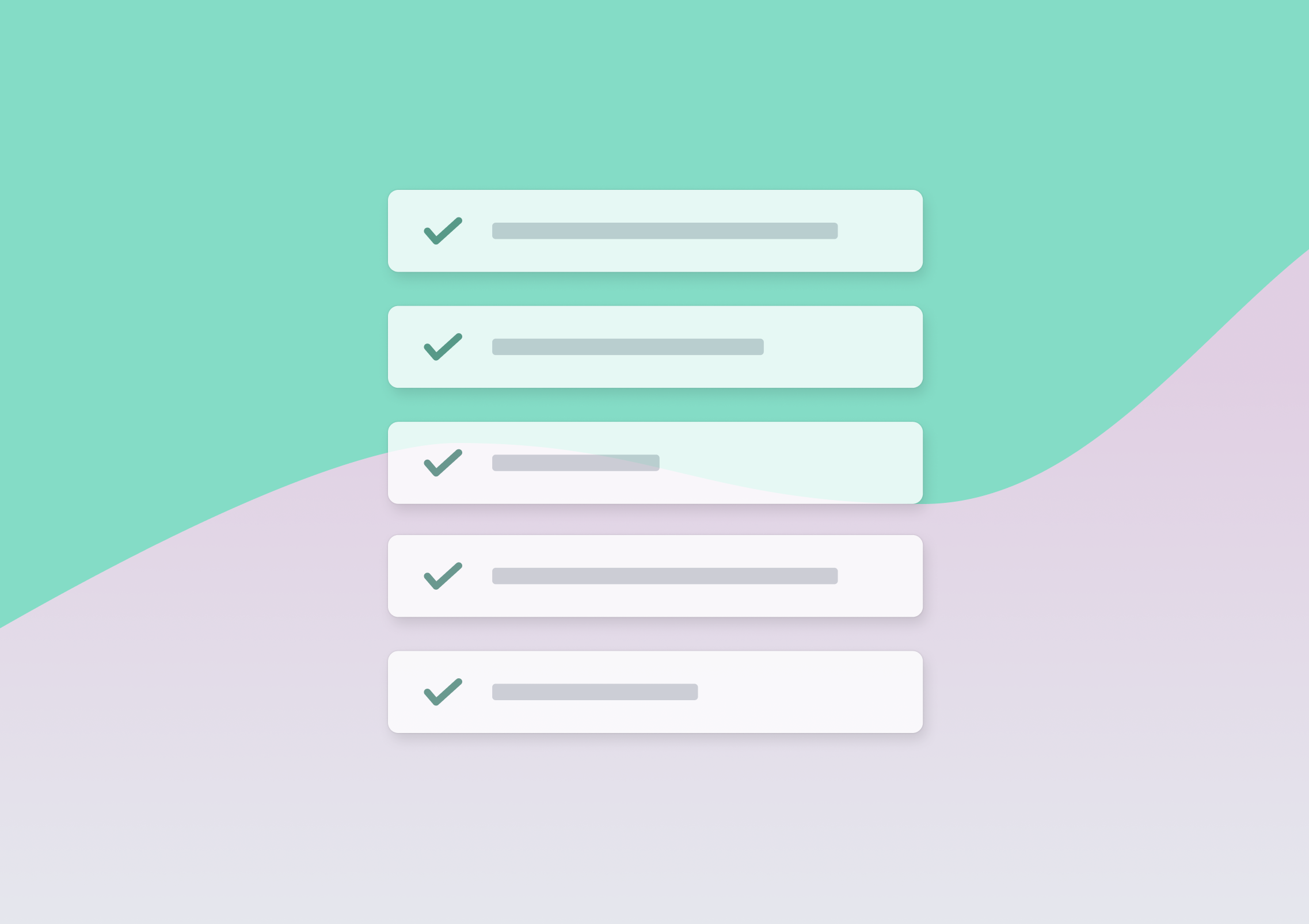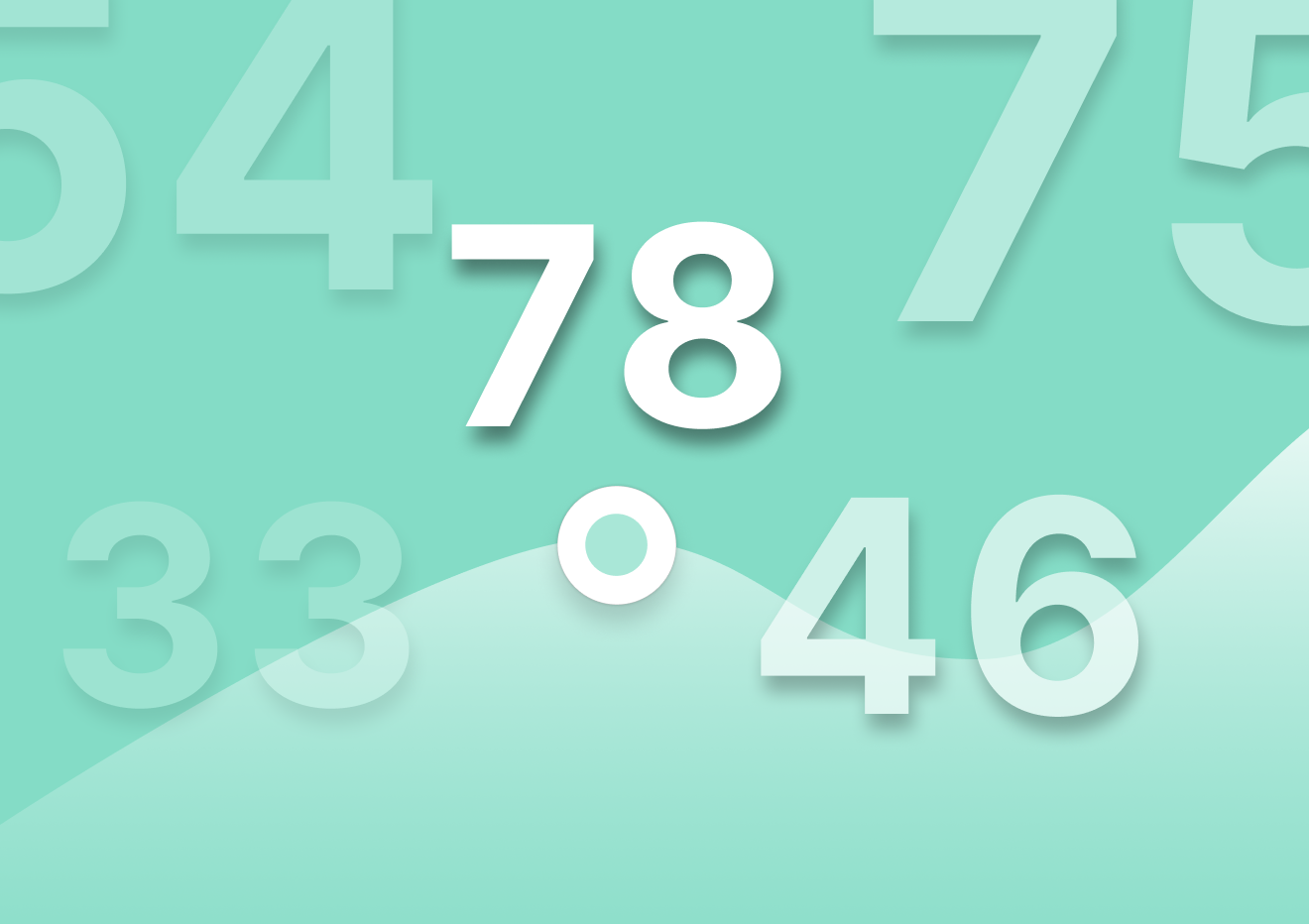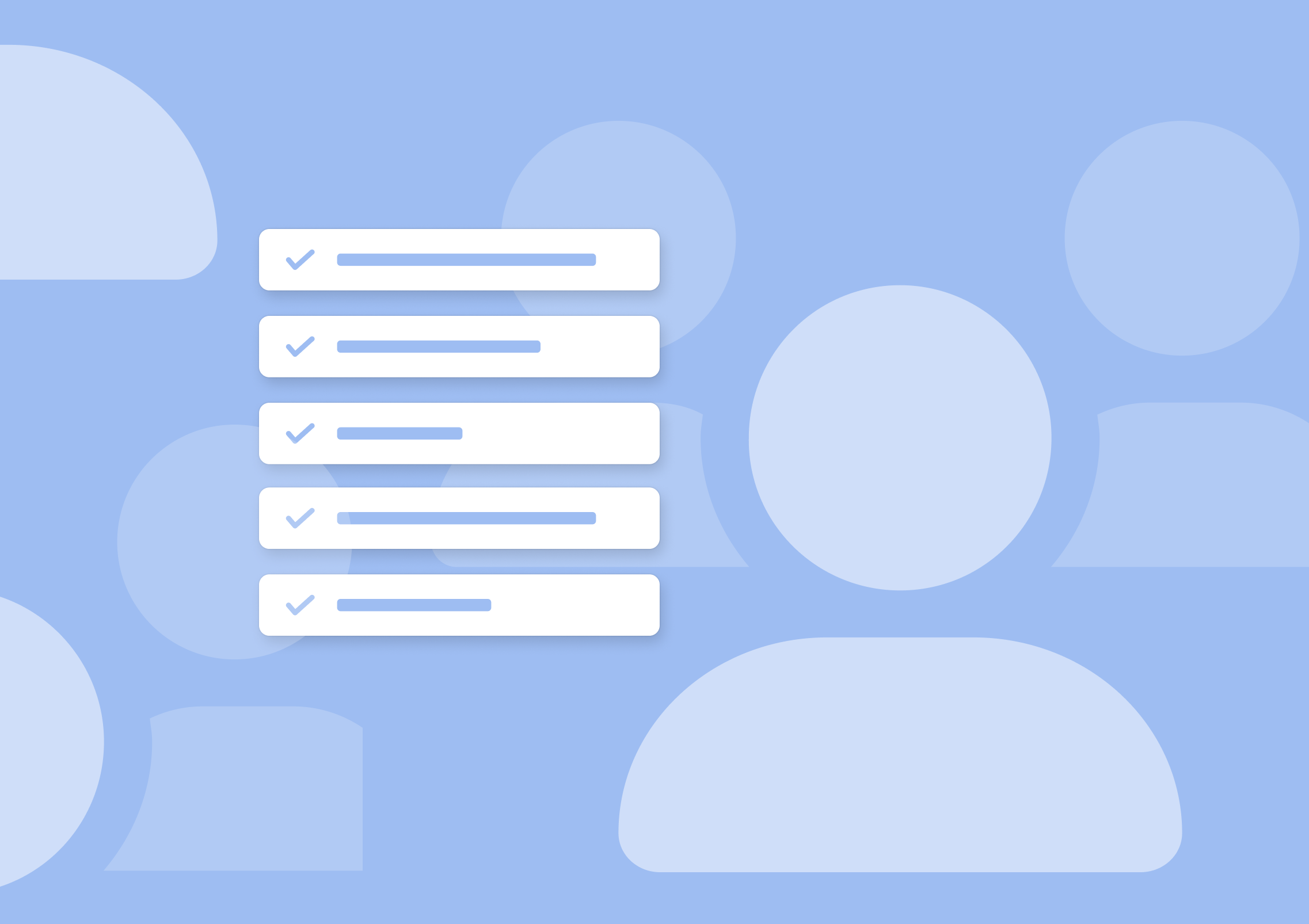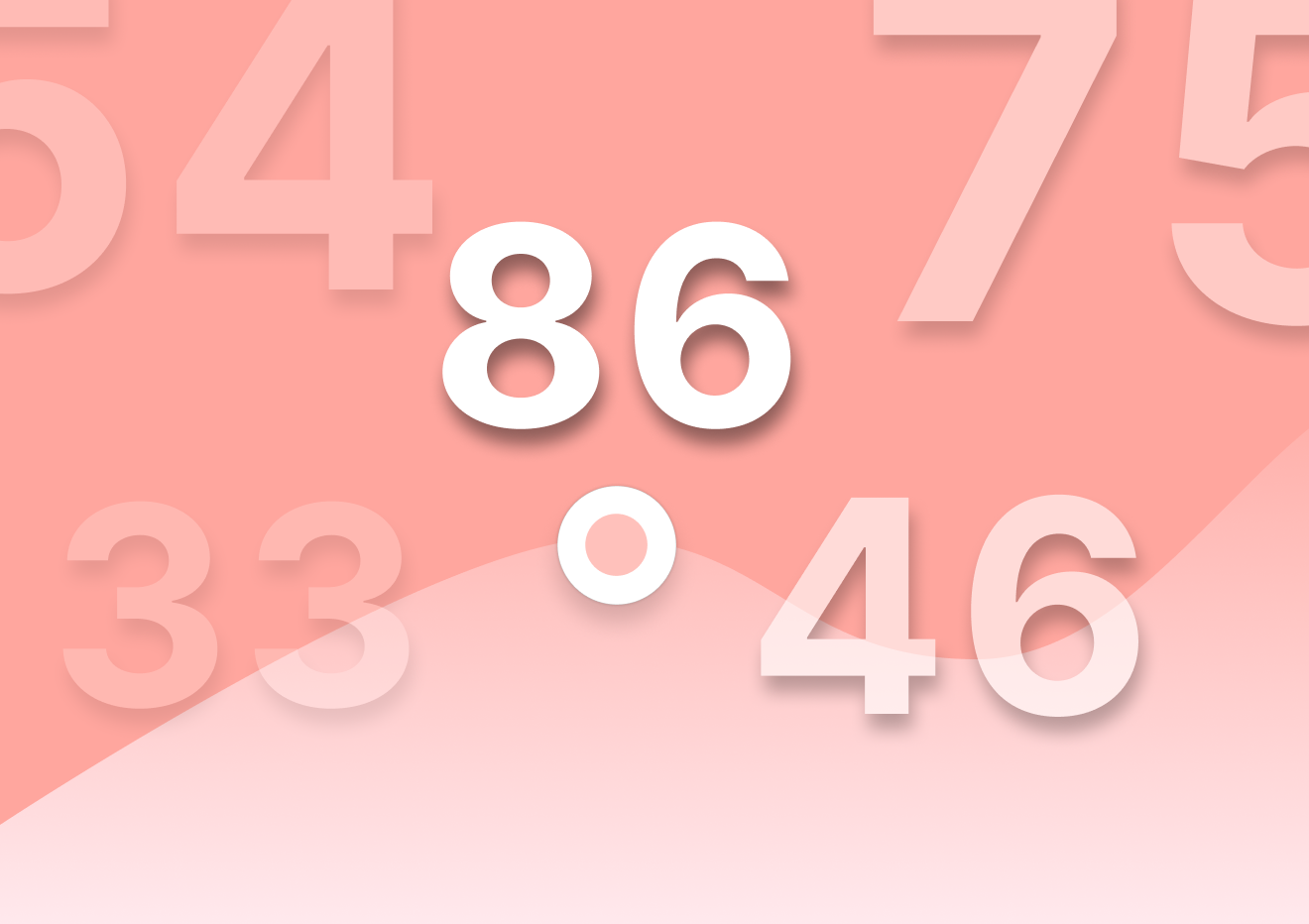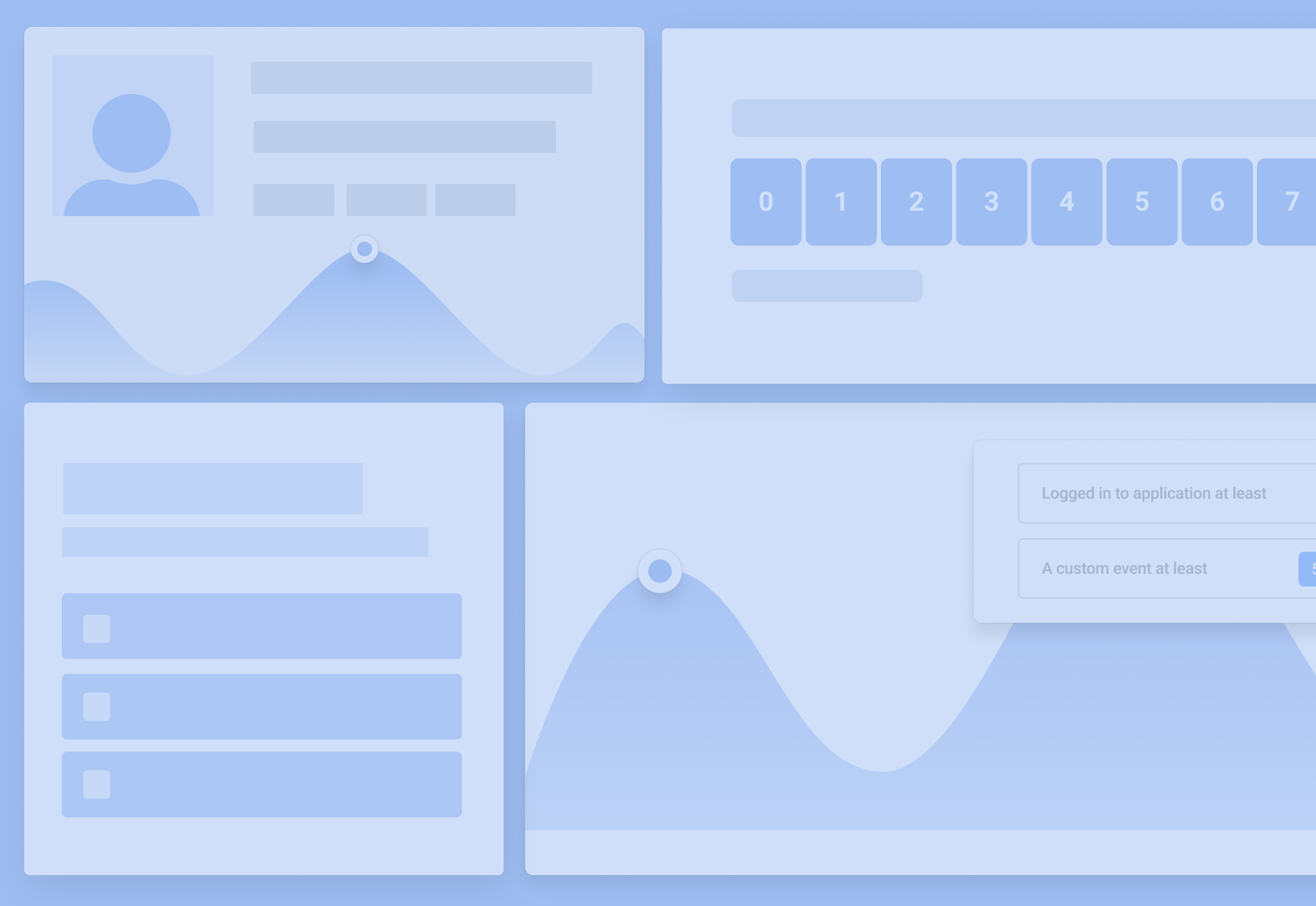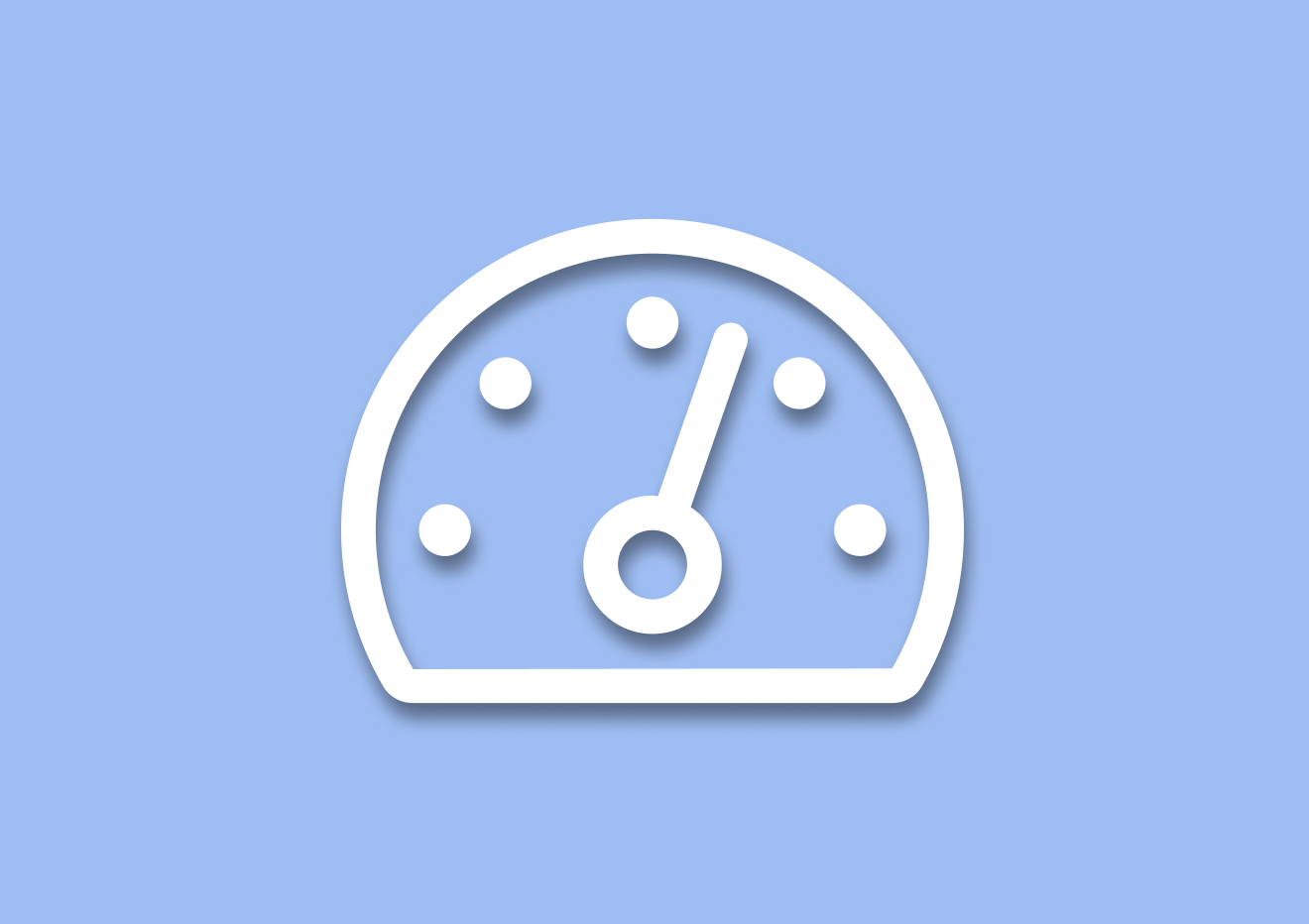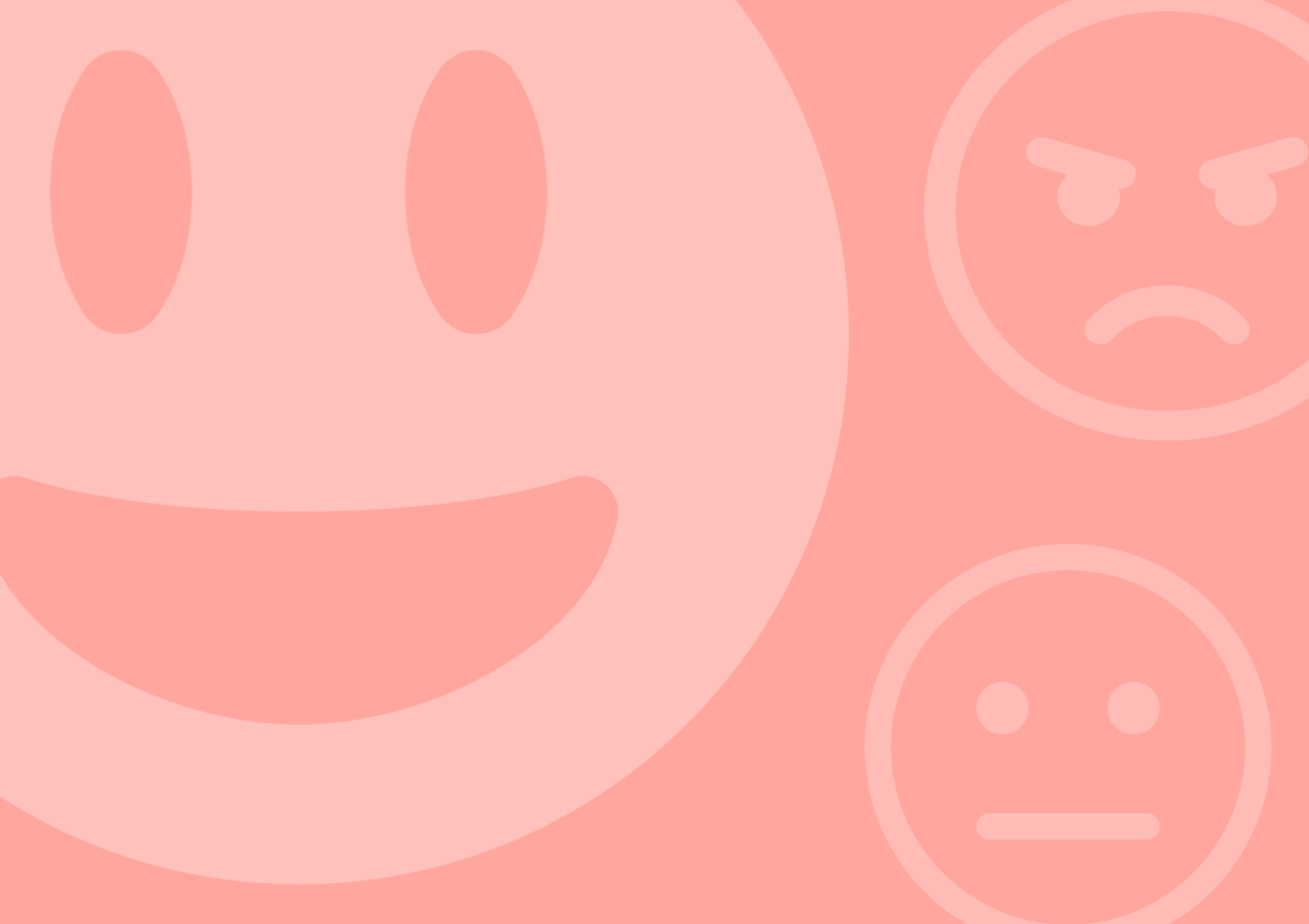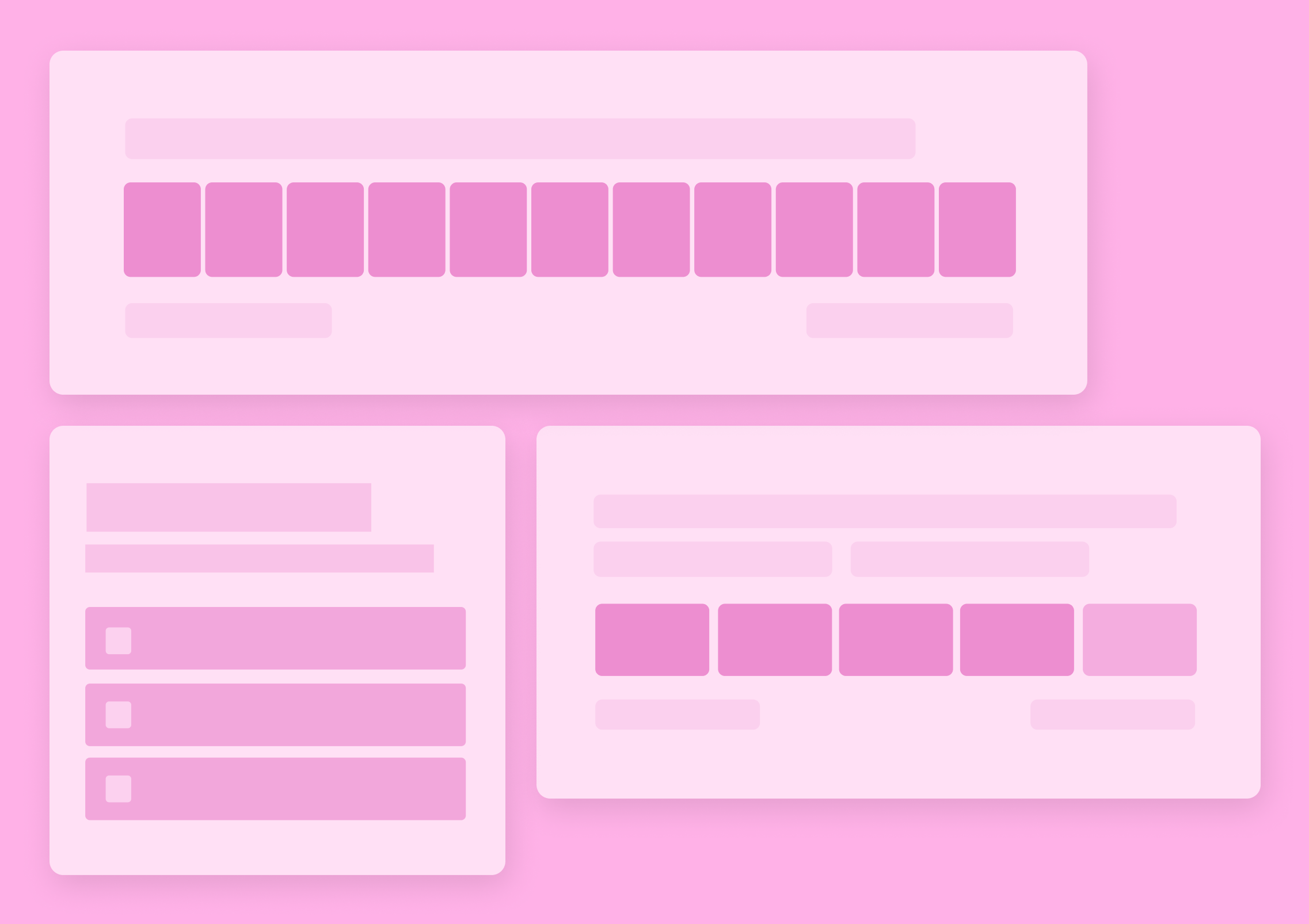SaaS Customer Segmentation: The Ultimate Guide
Are you planning to segment your SaaS users to gather better customer insights? Looking for advice on the best SaaS customer segmentation strategies?
I’m sure you know this story so well – In 1906, an Italian economist named Vilfredo Pareto found that 80% of the land in Italy was owned by 20% of the people. Further research proved that the same 80/20 distribution stood true across industries and outcomes: 80% of a business’s income came from 20% of the customers; 20% of actions drove 80% of results; and so on.
But did you know that the same principle applies to your SaaS too?
You see, if you could determine the 20% of customers that bring 80% of the revenue, you could significantly increase your business by going all-in on those people. And that’s the basis of the idea for customer segmentation: finding who’s and what’s the most profitable for your SaaS.
So, in this article, you’ll find everything about SaaS customer segmentation – what it is, why you should care about it, how to segment customers effectively, and what to do next once you have worked out your SaaS user segments.
What Is SaaS Customer Segmentation?
Customer segmentation is the practice of dividing your customers based on common characteristics and grouping them by those.
For example, if you run a B2B SaaS business, you can group customers based on their company size, the user’s position there, their location, and countless other criteria.
Then, you can engage with those different segments differently and more relevantly to maximize outcomes.
Let’s take a simple example – Segmenting users based on location. After segmentation, you can create more effective marketing strategies by adding cultural context. For instance, group all your users from India, and give them special offers during Diwali or any other India-specific festival. And then, run similar promotions around other celebrations that are important to other segments.
Why Is SaaS User Segmentation Important?
It’s quite simple, actually. Successful customer segmentation will help you identify the shared characteristics between your top 20% of users that bring 80% of revenue, for one. But there are more practical uses of segmenting your SaaS customers.
#1 Improve your product
Being clear about your product audience and their needs will help you differentiate your SaaS from others and become a (niche) industry leader. For instance, when you know your core customer base, you can dig in further to find their common pain points and fix them with product updates.
#2. Run effective marketing campaigns
Just like the Diwali example I shared, there are many versions of marketing ideas and different product marketing channels you can utilize to keep your customer segments engaged. For example, let’s say you discover that most of your SaaS users are B2B brands’ CMOs. Then, you can just focus on reaching CMOs to improve your win rate. At the same time, you’ll save your time and marketing budget.

Appboy analyzed over 30,000 campaigns and 10 billion marketing messages to understand retention, engagement, and conversion. They found that sending campaigns to well-thought-out segments of users can result in 3x more conversions.
#3. Offer better customer experience
Let’s assume you find that your top customers frequently use Feature-A of your SaaS. In that case, you can show that feature at the top of your dashboard to improve the customer experience.
#4. Determine your pricing
Dan Balcauski, in his post, Customer Segmentation: The Cornerstone of SaaS Pricing, writes, “Most SaaS executives think that what you charge will determine your success. In fact, who and how you charge determines your success. Segmentation is the first step to SaaS pricing success.” Let’s take a location-based segmentation example. Netflix US’s Basic plan costs ~ $9/month. However, for the Indian segment, Netflix developed a mobile-only, India-exclusive ~$3/month mobile plan because they found customers in India are primarily mobile users, and the $9 plan is expensive for them.
#5. Upsell
You can find which category of customers upgrade from Plan-A to Plan-B. After that, you can push the upgrade upsells to a similar segment of people.
#6. Making an ideal customer journey
By making changes per customer segment, you make a better product or service experience for upcoming customers. And, of course, you make more money doing so.
The 6 Elements Of a Proper Segmentation
Before I jump to the steps of performing SaaS customer segmentation, let me share the common characteristics of a useful segmentation (quoted via HBR):
- Identifiable: Kind of obvious, but each customer in the segment must have all the characteristics that make the segment. For example, if the segment includes city = New York, everyone/their organization should be in New York.
- Substantial: The segment must have a substantial amount of customers. Yes, the more niche you go, the better you can personalize. However, it’s not cost-effective to make a separate promo email for seven users in Nebraska.
- Accessible: You should be able to reach all users of each segment through a common communication or distribution channel. For example, if you plan to email a segment of users, first ensure you have all users’ email addresses.
- Stable: The results you expect from a particular customer segment should remain consistent for an extended period of time. External changes shouldn’t affect it. For instance, a new batch of customers in that segment should behave as predicted.
- Differentiable: A segment of users must be clearly differentiable from another segment. At least, clear enough that whatever hyper-relevant you try to do for one segment will be (slightly) irrelevant for another.
- Actionable: You must be able to do something with a segment; otherwise, there’s no point in making user segments. For example, personalized marketing can lead to higher customer loyalty, so any segment made to send personalized messages is actionable.
Types Of Customer Segmentation In SaaS
Now you pretty much know what you are looking for and why. So let’s get to “how,” starting from the different ways to segment your SaaS users.
Note: You can segment your user base in multiple different ways. What’s ideal for you depends on the type of your business (whether B2B or B2C) and your industry. For example, you don’t need to consider “gender” value if your SaaS is B2B; however, “gender” is one of the primary segmentation values for B2C businesses.
Geographic segmentation
Continent, country, state, city. For example, Netflix — a B2C SaaS (you might’ve heard of it) — recommends shows state-wise for a great customer experience.
Demographic segmentation
Age, gender, education, income level, ethnicity, marital status. For example, if your SaaS users are primarily 18-25 years old (like for dating apps), it’d be wise to engage in meme marketing.
Psychographic segmentation
Lifestyle, interests, attitudes, values, beliefs. For example, if Headspace finds out their customer prefer partying on the weekends, they can talk about the hectic urban life and the culture of partying to display the value of their SaaS. This, in turn, keeps that particular segment of people from unsubscribing.
Technographic segmentation
iOS user, Android user, Windows user, specific app user. Using technographic segmentation, SaaS companies can figure out the common apps their users use and partner with those app companies.
Firmographic segmentation
Classifying B2B customers based on business attributes like revenue, company size, industry, location, job title. This segmentation can help you price your SaaS better, for instance.
Behavioral or Usage-based segmentation
Usage frequency, specific feature use, benefits sought. For example, show most-used features at the top of the dashboard to improve customer experience, as I already mentioned earlier.
Value-based segmentation
Financial value of a customer to your business (low MRR, lifetime free users, churn rate, profitability, etc.). For example, if most of your free trial users are churning after the trial use, perhaps you change the pricing strategy to something like what Ahrefs does:

Needs-based segmentation
Users’ product/feature needs from your SaaS — the needs can be rational or emotional. With these segments, you can make tailored product improvements.
Each segmentation type has a vital role in creating insightful sections, but you have to combine multiple of them to create the most helpful segments.
For example, company size (Firmographic) and the user plan (Value-based) combined can give a better insight into the type of users that prefer Plan A over Plan B.
How To Segment Your SaaS Customers?
Segmenting SaaS users is a simple 5-step process.
Step 1: Set up your customer segmentation goals
Be clear about what you want to achieve with customer segmentation.
Typically and obviously, the end goal is higher profits, whether by doing segmentation to improve customer experience (that leads to higher retention rate) or segmenting to improve marketing effectiveness (that leads to lesser unnecessary marketing spending).
However, I want you to go a step further when devising your segmentation strategy. Start with a hypothesis to go in the right direction. You see, you notice a few patterns when you’re on the SaaS side:
- “Hmm, many of the customers contacting the support team are CMOs at their company. Maybe our target should be CMOs instead of CEOs?”
- “We’ve had quite a few cancelation requests from Country-X. I wonder if we should stop our ads for that country.”
- “Feature C is a good feature. Why are people not using it? Are they not aware of it?”
Once you have your hypothesis(es), make testing it/them your customer segmentation goal.
Step 2: Collect needed data for segmentation
The primary reason to build a hypothesis is to know what data you’ll need for customer segmentation. Once you know what data you need, you can collect it. For example, wondering whether your core users are CMOs? Ask for the user’s “Job title.”
Here are a few ways to collect user data:
Collect basic information from the welcome screen
You can collect demographic, geographic, and firmographic data from users during their registration process or as soon as they register (during onboarding).
For example, here’s Flow’s — a task management SaaS’s — onboarding flow that asks for user details and firmographics (source: CXL):


Moreover, you can also collect needs-based data during onboarding. For example, here’s Evernote asking to “Select some things you want to do with Evernote”:

However, remember: Do not ask for too many details. Users can leave frustrated even before using your product.
Understand SaaS usage patterns with product analytics
How a user interacts with your SaaS says a lot about the user’s likings & dislikings and needs & wants.
With product analytics software (like Mixpanel or Akita), you can collect users’ behavioral data. For example, features the user interacts with the most, features they interact with the least, the number of times they open your app, etc.
Then, you can correlate the data (like customer health) with your primary growth metrics (MRR, churn rate, LTV, etc.) and take needed action, like educating your users, pricing your product based on usage, and more.
For example, Uplead collects usage data and sends emails like this to increase retention:

The financial value of the customer
The median SaaS startup spends about 92% of the first-year average contract value on customer acquisition. Meaning, if a customer stops using SaaS before 11 months, the company will make a loss on that customer.
By using value-based segmentation data (MRR, ARR, CAC) and comparing it with other data, you can find the types of customers to avoid for increasing profitability. For instance, if you notice the free trial to paid user conversions are low, you can make changes like asking for credit card details to eliminate unserious users.
Run customer surveys to find loyal customers
With the above data-collection methods, you’ll try to figure out customer behavior, customer needs, customer loyalty, and such. But at the end of the day, your customer knows what they need and how they feel about your SaaS best. So asking them directly is an excellent way to get some of the data you need for accurate customer segmentation.
Use NPS surveys (or other customer surveys) to know how satisfied your customers are with your brand.
NPS (or Net Promoter Score) surveys help determine customer loyalty and users’ likeliness to recommend you to potential customers. Typically, a to-point question like this is asked to uncover loyal and dissatisfied customer segments:

Based on the answers, users are divided into three categories:
- Promoters: Those who give a score of 9 or 10.
- Passives: Give a score of 7 or 8.
- Detractors: Give a score between 0-6.
Besides, you can (and I recommend you do) ask a follow-up question to understand why the user gave the score they did.
The feedback you get from the follow-up question will also have data you can use for customer segmentation. For example, a user can answer, “I wouldn’t recommend [your SaaS] because [competitor] is cheaper.” Then, you compare “User finds expensive” with, say, “User doesn’t need X feature (which is the main reason behind comparatively pricey plan)” to conclude and make an action plan (like making a lite plan for such users).
Related reads:
- Benefits of NPS
- Best time to send NPS surveys
- How to turn NPS detractors into promoters
- How to set NPS goals
Step 3: Test your hypothesis
You now have the data. Compare it to the original hypothesis to know how true you were. You’ll come to results like:
- Yes, most of our users are CMOs.
- No, the user’s geographical location has nothing to do with churn.
- Yes, many people are unaware that they can do C with Feature-C.
Step 4: Make an action plan
Now, to the main goal (increasing profit). Create an action plan based on your findings
Again, you need to make a hypothesis: Doing X for Y segment of customers will increase revenue / decrease churn / improve experience / decrease costs / etc. Here are a few use cases for customer segmentation:
To reduce initial churn
Say you discover people sign up to your platform, use it for some time, and leave to be never seen again. Additionally, you also find these customers only use Feature A and do not use Feature B or C.
Hypothesis and plan: It’s possible they aren’t aware of B and C, or they didn’t get enough free trial time to explore your platform thoroughly. Therefore, helping them go through the platform or extending the trial might lead to higher conversion.
The action options:
- Use tooltips like Canva does to help users explore the full platform:

- Create a learning section that incentivizes new users to understand everything about the platform. For example. the Anymail finder university:

To improve customer experience
Assume your users love Feature A. Plus, you find many Feature A users manually transfer Feature A’s results to a non-competing app, SaaS B.
Hypothesis & plan: People will appreciate the integration with SaaS B, so partner with them.
The action option:
- Create an integration. For example, Refiner users want survey data on their CRMs to help their customer success team pre-know about the customers’ relations with their brands. Therefore, we made integrations to push survey responses to their favorite tools:

To increase referral traffic
Hypothesis and plan: The “Promoters” segment of NPS survey results is happy with the SaaS and might want to promote it to potential customers. Therefore, it would be a good idea to ask them to become a referrer/affiliate (and incentivize them for customers they bring to your SaaS).
The action option: Create a referral program like FreeAgent’s and ask promoters to refer you to a fellow business:

To upsell
Hypothesis and plan: Heavy users might be interested in higher-tier plans. So giving an initial discount to upgrade might help them decide faster.
The action option: Show an upsell prompt when the user crosses a usage limit, as Slack does:
Step 5: Execute your plan and analyze your segmentation efforts
Once you have action plan(s) ready, execute it for the decided segment of people. Then, analyze the results and compare them with pre-segmentation data.
Hopefully and likely, all your SaaS customer segmentation efforts will help you reach the end goal: more revenue, high profit, outstanding reputation.
Good luck!

